Things are much simpler when you’re flying by yourself. You already know all the rules and are comfortable in the cockpit, but when you invite a complete newbie along for the ride things get complicated. Not only from a regulatory standpoint — “do you know how your seatbelt works?” — but there’s now a second person who needs to be monitored to ensure that they are still A-OK medically. That’s a lot easier said than done, especially when your buddy conveniently forgets to remind you that he has motion sickness.
METAR KSAT 292251Z 19004KT 10SM SCT250 17/04 A3006 RMK AO2 SLP171 T01670044
The weather could not have been better. I woke up to a day which was forecast to have clear skies, great visibility, cool temperatures, and light winds all day long. These days were the reason I moved to Texas, and I had the good fortune of having a reserved time slot in a Cessna 172 that morning.
The plan for the day was pretty straightforward. I had never landed at San Antonio International before (well, other than as human baggage) and I figured it was the perfect opportunity to give myself an excuse to land there. I would drive up to Boerne Stage airfield (5C1), pick up the C172 I had rented for the morning, then fly to San Antonio International where my friend would be waiting comfortably at a local FBO. Once I had him on board we would do some maneuvers south of town (clear of the MOAs surrounding San Antonio) and then fly together back to Boerne Stage in time to drop the plane off for the next eager renter. Total time en route, about 2 hours.
My buddy (who shall remain nameless to protect the innocent and the airsick) had been extremely excited about the trip for weeks. He’s a similarly minded nerd who is absolutely in love with aviation, and I was pretty sure that he was one short flight away from walking into the local flight school and plopping down the cash for lessons. I felt that it was my duty to provide that gentle poke.
We had originally planned to fly the Monday after I passed the check ride, but the weather didn’t pan out. Now, a week later, everything was coming up aces. I had spent the last few days trying to give him a little background information on the mechanics of flight (including this awesome video that popped up on AIRBOYD the night before) so that he would know what to expect, and after a couple discussions he had the basics of aerodynamics down pretty tight. It was time for a practical demonstration.
Taking off from Boernie Stage that morning, everything was perfect. There was no turbulence, the pattern was empty, and the skies were clear. I lifted off and immediately started towards San Antonio International (KSAT), tuned to the approach frequency and was guided towards 12R.
Since the winds were calm that morning, all three runways at KSAT were in operation. I had planned on using 12L, which is a shorter strip that the A/FD notes is generally reserved for smaller airplanes. I have seen everything from a CRJ-900 to a Boeing 747 parked on the ramp at that airport, and 12R is usually reserved for that kind of traffic since it is longer and wider. So imagine my surprise when the approach controller told me to expect a landing on 12R!
I had never landed at an airport with a functioning ILS system, and I wasn’t about to squander the opportunity. I whipped out my Nexus 9, fired up Garmin Pilot, and pulled up the approach plate for 12R at San Antonio International. I’m planning on starting my instrument training sometime in February, but that hadn’t stopped my curiosity — I had read up on how to program an ILS approach into the plane’s HSI, but hadn’t had an opportunity to try it out yet. As soon as I flipped to the right NAV frequency the glideslope and localizer indicators came alive and it was quite possibly the coolest thing I had ever seen. Then again, you’re talking to someone who gets excited when they see the flag flip when flying over a VOR, so take that as you will.
I had been flown on this approach literally dozens of times before while on commercial flights, but the experience of flying it yourself is decidedly different. Flying into a major airport and using a runway with all the bells and whistles is an awesome experience, and I really hope to do it more often.
Once on the ground I pulled up a copy of the airport diagram on my tablet and followed the taxi instructions to the FBO (the last time I was here with Charlie, we got a little lost and I didn’t want to repeat that situation). I parked the airplane, took a pee, and met my friend in the lobby.
Since this was the first time I was flying solo with a non-pilot, I wanted to make sure that I gave a thorough pre-flight brief. I went over the plan (maneuvers and then back to 5C1), each maneuver we would do (steep turns and stalls for today to illustrate aerodynamics), and then the FAA mandated emergency procedures and equipment review. He seemed excited about the plan, and everything seemed good to go. Oh how quickly that enthusiasm would change.
Something I didn’t realize about flying out of bigger airports is that they actually use the departure clearance frequency. There’s one listed for Stinson (the field where I practiced), but it was common to simply declare your intentions on the ground frequency and get your transponder code from them too. I had a minor wrist-tap when I tried that at KSAT, and they politely asked me to obtain the code from the departure clearance guys before taxi. No worries — I had the frequency listed in Garmin Pilot, and a quick twist of the COM knob put me to rights.
As we were holding short of the runway, a Southwest 737 took the runway and blasted off in front of us. I had never seen that from so close before, and it put a huge smile on my face as well as that of my ersatz copilot. We were happy as could be just burning AvGas and watching the planes go by, but before long it was our turn to depart. I remembered the warning from flight school about wake turbulence, and took off well before the rotation point of the jet on the runway. I was a little busy flying the plane to enjoy the whole experience, but the massive grin on my buddy’s face let me know that he was enjoying the ride.
Once airborne we turned south towards the practice area. I had spent countless hours (OK, to be fair I counted every moment to the tenth of an hour, but you know what I mean) flying around in this 100+ square mile stretch of open Texas and knew it like the back of my hand. As soon as we were over the border I did some gentle clearing turns, then handed the controls over to my passenger for a moment to try some straight and level flight as well as a turn or two. It was an enjoyable moment for the both of us — I remember what it was like the moment I was first given the controls, and I knew that it was as awesome an experience for my friend as it was for me.
With the small stuff out of the way, I wanted to get to the point of the day. We had been talking about the basic principles of aerodynamics, and there’s no better maneuver in the world to demonstrate all of the principles at work at the same time than a steep turn. I did another set of clearing turns, and then started into a fine 45 degree right hand turn. I was so concentrated on performing the maneuver that I completely failed to realize that my passenger had just gone from having the time of his life to preparing to puke his guts out. About 270 degrees through the maneuver, he asked me to stop, and I could tell things weren’t right.
Before moving to Texas, I had been a volunteer EMT in Fairfax Country, Virginia for a couple years. I know the difference between queasy and distressed, and the person in the right hand seat at that moment was in distress. I remembered something from a FlightChops video about handing the person having problems the controls, and while it seemed to work momentarily I could tell that what he really needed was some solid earth under his feet to keep him from coating the instrument panel with vomit. There was a plastic garbage bag in the back seat for just such an occasion, but thanks to my knowledge of the area I knew we weren’t that far from Stinson (we were flying near the red dot in the above graphic). I made the command decision to abandon our planned flight and land at Stinson instead, see if my buddy’s condition improved, and re-evaluate once on the ground.
EMS 101: if the environment is making the patient worse, remove the patient from the environment.
When I made the decision to head into Stinson, I notified the approach controller immediately but hadn’t had time to pick up the ATIS at the field. Admittedly I had my hands a bit busy trying to evaluate exactly how sick my passenger was and telling him I was going to get us on the ground ASAP, but nevertheless it’s an oversight that I should have fixed. Thankfully the approach controllers at San Antonio are extremely nice and provided the ATIS information for me before I entered the Class D airspace around KSSF. I briefly considered whether this qualified as an emergency that should be declared to ATC, but I didn’t see how it would help the situation and didn’t seem to warrant a declaration. I kept that thought in my mind if the guys in the tower at Stinson had anyone else in the pattern that I might be able to skip the line, but decided not to use that card unless absolutely necessary. In the end, it turned out that the pattern was empty and we were brought straight in to land.
After an uneventful landing (hey, I’ve done it literally hundreds of times at this airport after all) we parked in front of the terminal and the literal instant the propeller stopped spinning my passenger jumped out and assumed the “I’m about to puke” stance right under the flaps.
It took a couple minutes for the nausea to pass, but pretty soon he was ready to discuss what we should do next. And to be honest, the options weren’t great. We had landed at an airport I knew very well, but neither of our cars were there — and he needed to get to work in a couple hours. The options as I presented them to him were:
- Stay at Stinson. I will fly back to 5C1, pick up my car, pick you up here, and then we will get your car and go to work.
- Stay at Stinson, I will fly back to 5C1, you can get a taxi to San Antonio International and pick up your car.
- Fly back to 5C1 with me. I will not perform any more maneuvers, it will be a straight 20 minute flight and we will land. Then I will drive you to retrieve your car, as planned.
I emphasized to him that he did not have to get back into the airplane — staying at Stinson was perfectly reasonable and acceptable. Based on what I had seen I determined that he was OK to continue the flight, provided that the trash bag was in his hand the whole time. There was nothing wrong with him physically, and the initial airsickness seemed to have induced a minor panic attack when he couldn’t figure out where to vomit if necessary, which caused him to look distressed. Back on the ground he had calmed down, and the realization that it would be a smooth ride up to Boerne Stage seemed acceptable to him. Now that he knew that there was a barf bag available he was less distressed, and I figured we were OK to finish the flight.
Note to self: invest in barf bags, include in passenger briefing.
The flight back to 5C1 was uneventful. My passenger spent most of the time looking out the window at the ground, and except for the occasional question about landmarks we were flying over he was pretty quiet. He definitely seemed much calmer, and I tried to keep the flight as smooth as possible with very shallow turns when needed.
Back at Boerne stage I entered the pattern as quickly and gently as I could, and then put the plane on the runway as softly as possible. Admittedly it wasn’t the prettiest pattern I’ve ever flown — it was WAY too close to the runway on the downwind leg — but I extended the downwind enough to compensate and we landed right on the numbers. After taxiing back my buddy helped me fill the tanks from the self service gas station, and then I put the plane up while he got a drink in the office.
To my surprise, the experience hadn’t put a damper on my friend’s enthusiasm. He absolutely loved every second in the air, even the moments when he felt like he was about to re-decorate the interior. And he can’t wait to go back up again — this time after getting some air sickness patches from his doctor first. So, I guess the flight was a success after all.
This was a day of many firsts.
- First time landing at a big commercial airport
- First time using a FBO at a different airport
- First time dealing with wake turbulence
- First time handling a passenger on my own
- First time trying an ILS approach (kinda)
- First time dealing with an in-flight illness
- First real diversion and quasi-emergency
While I loved playing around at a big airport and using some new toys, what I enjoyed the most about the flight was that it solidified in my mind that I have the decision making capabilities to react to in-flight situations and solve them quickly. There’s a difference between training and reality, and even if it was just a little air sickness I’m happy that I had the opportunity to put those skills to the test. In retrospect I think I made the right decisions, and hopefully the next time something worse happens I will be just as ready.
Things I learned:
- Contact departure clearance at big airports before asking for taxi
- Always carry a barf bag for passengers, and include it in the pre-flight brief
- Ask passengers if they get air sick before doing maneuvers
- Always plan for a diversion, even when local
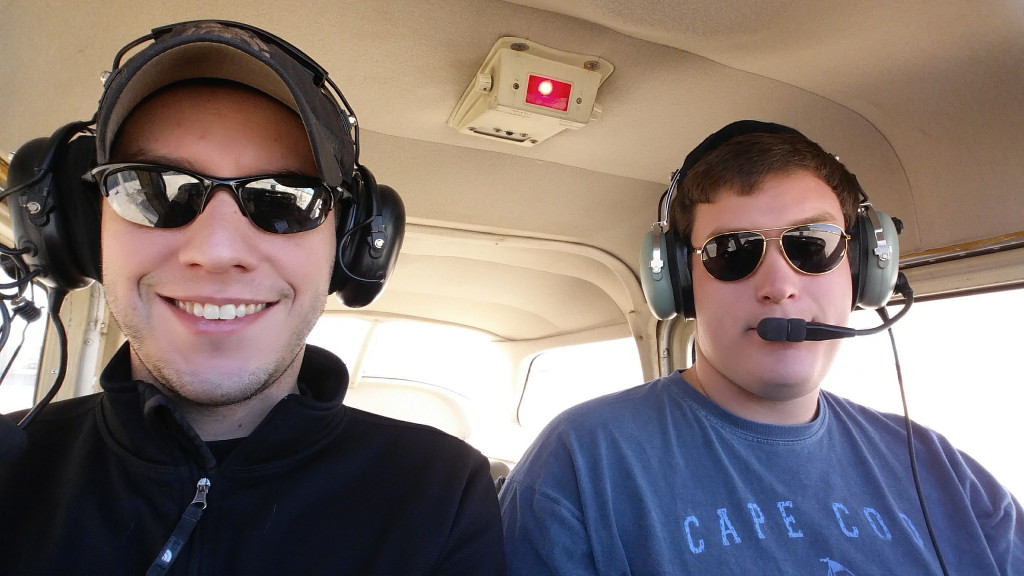
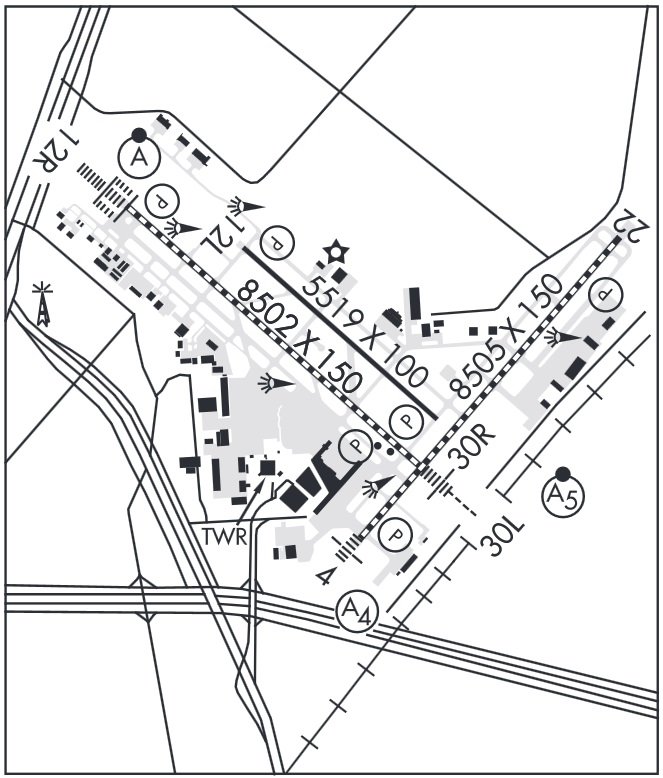
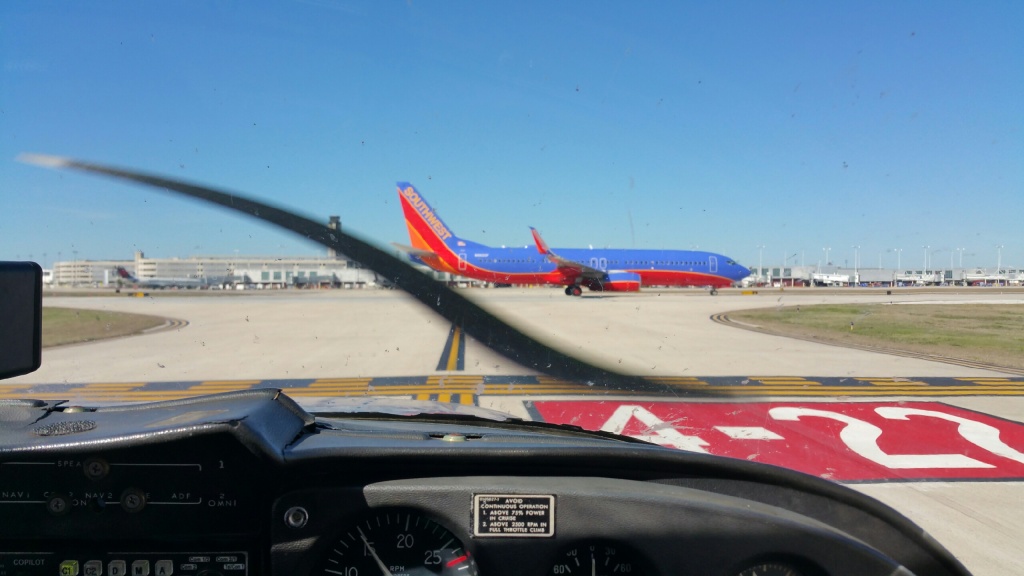
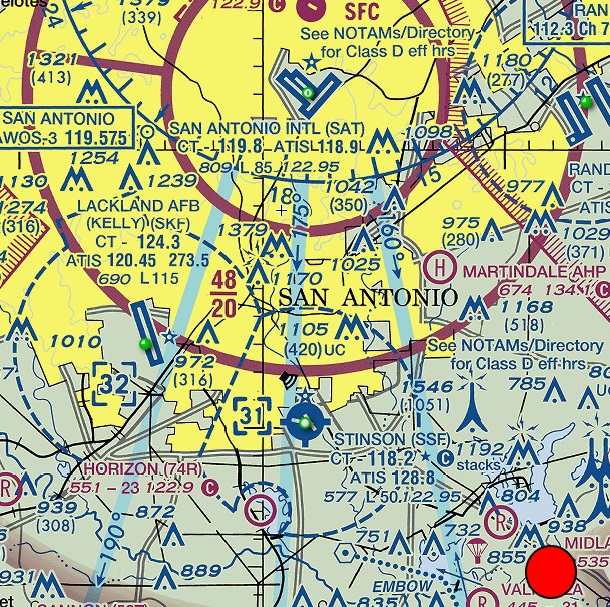
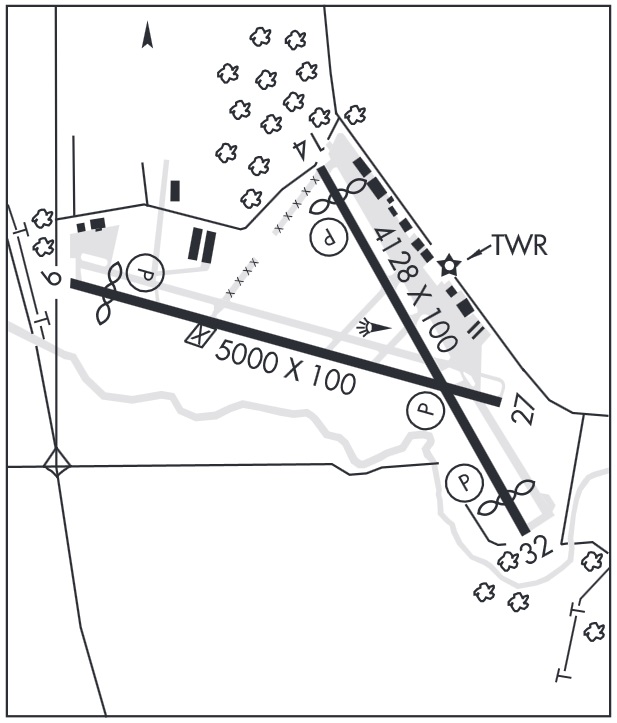
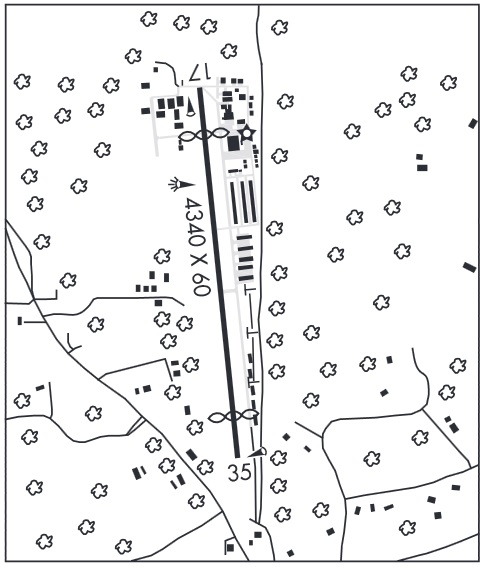
Hey man, I just stumbled across your website and really dig it! My first flight after obtaining my PPL was flying my father to the Dayton air show. I made the exact same mistake with clearance delivery…I trained out of a class C that just used ground/twr/departure. As they say…license to learn!